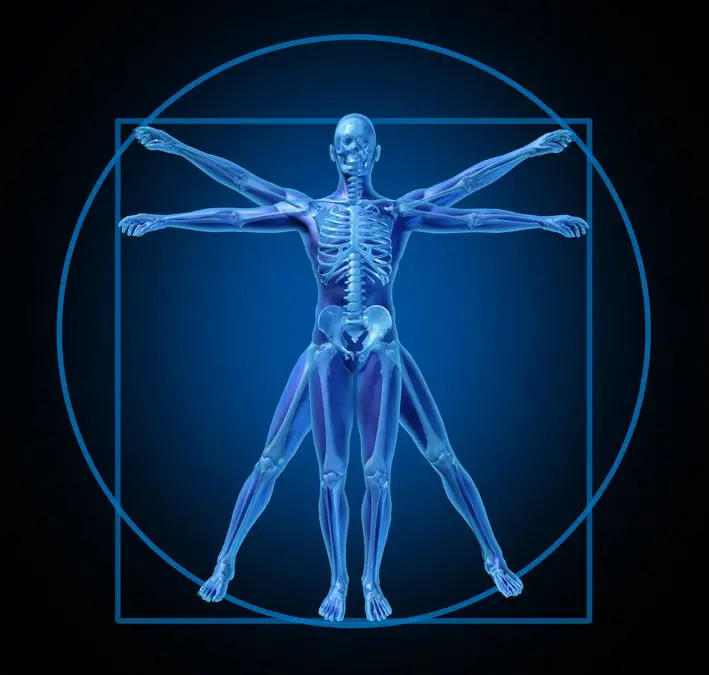
One of the most important training phases of your yearly training plan is this one. The softball anatomical adaptation phase. When coaches and trainers talk about pre-habilitation this is what they are referring to. This is where the tendons and ligaments are strengthened and the aerobic capacity is built. This anatomical adaptation is done to prepare the body for the training to come. Softball is a sport that requires quick movements and reaction time, so having strong ligaments and tendons is critical to preventing injuries.
Softball Anatomical Adaptation Considerations
Core Training
The core does not only include the abdominals. Most softball players when training “core” muscles focus on interior and lateral abdominal portions of their core. What we need to realize is that the core also includes the back. The core is exactly what it says, the core of our body. If we take away our arms and legs we are left with the core.
What many do not realize is that we are in fact strengthening our core every day. It holds us up when sitting and standing as well as balances us in our movement. Therefore your athletes do not need to spend huge amounts of time working their core as is recommended by some. By including it as a regular part of training with the same guidelines and principles as all other body segments, softball players will get all the training they need.
Balance
One of the main goals in anatomical adaptation is to train muscles, tendons and ligaments surrounding all of the joints and not just the ones most used in softball. Agonist and antagonist muscles need to be trained as efficiently as we can without wasting time. It is possible to use the same load many times in different activities as the agonist muscles are in most exercises larger than the antagonist muscles. For example rotator cuff injuries in softball pitching are mostly due to an imbalance in training or overuse of the shoulder.
During the next phases of training, the focus will be on the prime movers of softball which can also develop an imbalance, creating potential for injuries due to the antagonist muscles not being able to handle the stress.
Agonists – the prime muscles that do the work during a physical action.
- biceps during the curl of a dumbbell curl
- pectorals during the push up during a bench press
Antagonists – the “paired” muscle to the working muscle (agonist)
- triceps during the curl of a dumbbell curl
- latissimus dorsi during the up phase of the bench press
You can see how if your athlete only does the biceps curl and never the tricep press, they will have an imbalance which will eventually put them at risk every time they lift something heavy. This might not happen while playing softball however in daily life it may. A multi-lateral program that includes all muscle groups is recommended for this reason. The program during anatomical adaptation should include a high number of exercises (9-12) and refrain from “pushing” the athlete.
Muscle attachments do not strengthen as fast as muscles during high intensity training and large muscles can overtake smaller muscles during activity. This means that athletes need to work from their weakest points (tendons and ligaments) to strong points.
Circuit training is the best form of training for this phase. Include aerobic endurance to build and enhance recovery as your team can be playing in many tournaments during the season which can cause fatigue and will affect performance.
Duration of the Anatomical Adaptation Phase
This is dependent on the length of the preparation phase, the importance of strength in the program and the training level of your athlete. A well trained softball player will not need as long to prepare for the upcoming training. They will spend a maximum of 3-4 weeks on this phase. A less trained player will need longer for their bodies to adapt and prepare for the physiological stresses to come. An 8-10 week duration will prepare these players sufficiently.
Youth Sport
It is recommended that young softball players (up to 14 years) should not be periodizing their training. They should remain in multi lateral training to ensure they are adapting their young bodies and preparing them for specialization safely and enjoyably. Injuries occur often in youth that are specializing too early and participating in training that more mature bodies are capable of doing.

